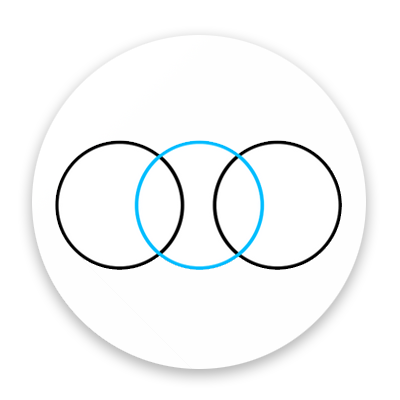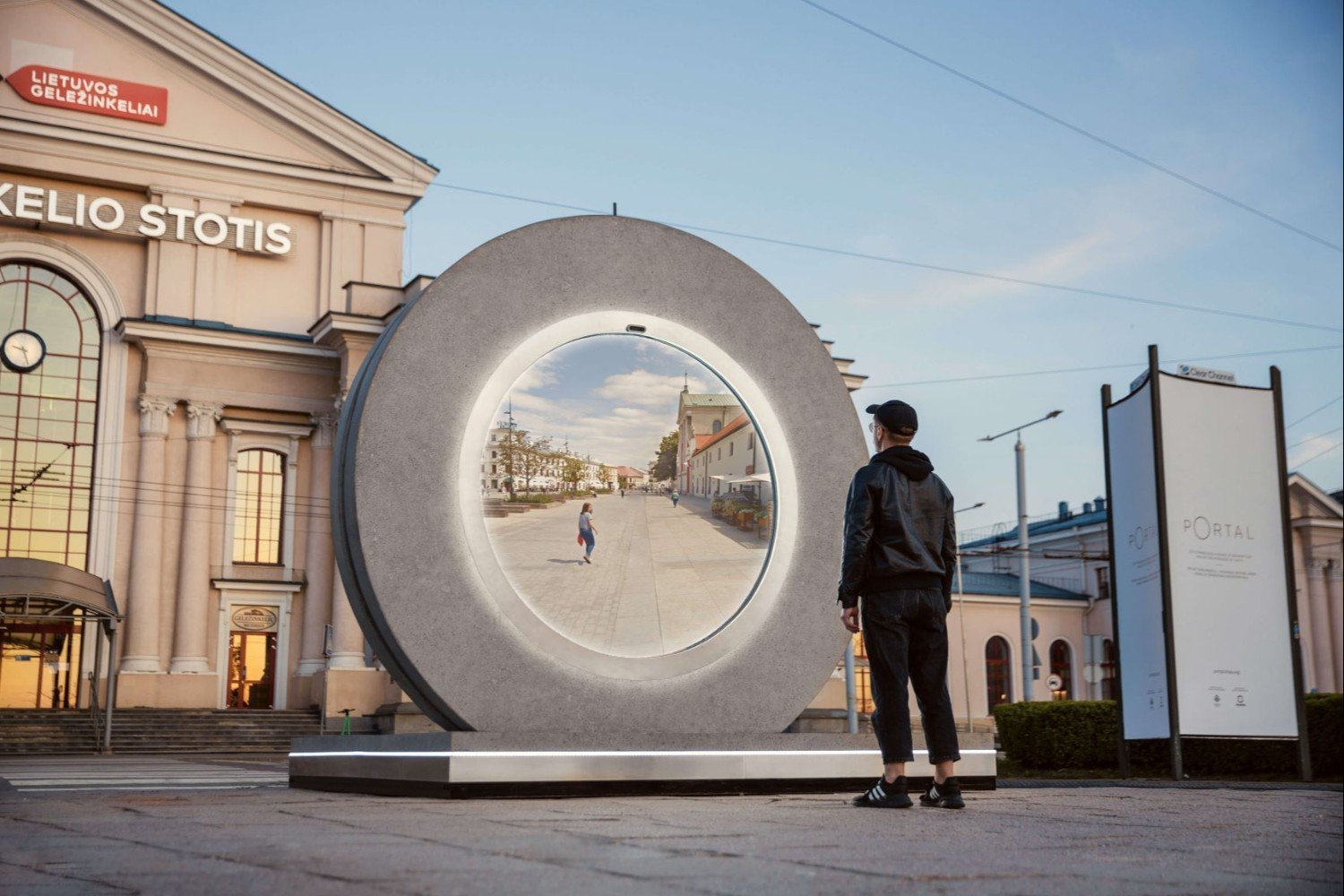TELEMATIC ART
‘The term telematic art was coined by British artist and theorist Roy Ascott in the early 1990s to describe interactive art that uses the internet and other digital means of communication, like email and mobile phones. (The term ‘telematic’ was first used by Alain Minc and Simon Nora in the late 1970s to describe the way computers transmit information).
Much of the writing surrounding telematic art focuses on the human aspect of the medium, the desire to communicate with another even in the virtual world, and how this is central to the creation of the medium.’ - TATE
‘The first use of telecommunications as an artistic medium has occurred in 1922 when the Hungarian constructivist artist László Moholy-Nagy made the work Telephone Pictures. This work questioned the idea of the isolated individual artist and the unique art object.’ Wiki
The Total Artwork in the Age of Telematics A Hyperessay by Randall Packer
In this hyperessay, Randall Packer tells ‘a story of the evolution of multimedia, from the total artwork of Richard Wagner (b 1813) to the present age of telematics.’
'Satellite Arts Project' by Kit Galloway and Sherrie Rabinowitz (1977)
'In 1977 'Satellite Arts Project' by Kit Galloway and Sherrie Rabinowitz used satellites to connect artists on the east and west coast of the United States. This was the first time that artists were connected in a telematic way. With the support of NASA the artists produced composite images of participants, enabling an interactive dance concert amongst geographically disparate performers.' - Wiki
Hole-in-Space, Satellite Installation, New York City/Los Angles, Kit Galloway & Sherrie Rabinowitz (1980)
‘HOLE-IN-SPACE was a Public Communication Sculpture. On a November evening in 1980 the unsuspecting public walking past the Lincoln Center for the Performing Arts in New York City, and "The Broadway" department store located in the open air Shopping Center in Century City (LA), had a surprising counter with each other.
Suddenly head-to-toe, life-sized, television images of the people on the opposite coast appeared. They could now see, hear, and speak with each other as if encountering each other on the same sidewalk. No signs, sponsor logos, or credits were posted -- no explanation at all was offered. No self-view video monitors to distract from the phenomena of this life-size encounter. Self-view video monitors would have degraded the situation into a self-conscience videoconference.’ - Hole-In-Space, 1980
NOTE: History of TV
‘The concept of television is the work of many individuals in the late 19th and early 20th centuries. Constantin Perskyi had coined the word television in a paper read to the International Electricity Congress at the World's Fair in Paris on August 24, 1900.[1]’ WIKI
TimeLapse (April 2015)
'A simultaneous performance in Las Vegas and Weston-Super-Mare using the internet as the stage for interaction.'
’Ground-breaking computer technology and a video link make it appear as if the students are alongside each other when the show ‘Time Lapse’ is staged by degree students of the Wessex Academy of Performing Arts (WAPA) at Weston College and the University of Nevada, Las Vegas (UNLV).
“The technology that is being used to achieve this is ground-breaking and it’s believed that this performance will be a world first because there are no time delays in the visuals and only a very slight one in sound.
“The video link will be done using ultra-grids, which are really advanced computers that have been created by UNLV.”
Students from a variety of performing arts degree courses at Weston College will be performing with students from the University of Nevada, Las Vegas (UNLV)’
Portal - Vilnius - Lublin (2021)
‘It looks like something out of a science fiction movie. But the 'portal' connecting Vilnius, Lithuania and Lublin, Poland is very real, and part of a competition by the government of Vilnius to promote tourism in the area’
Portal: Lithuania and Poland build a window connecting two cities - BBC News
The Future is Here: Vilnius Invites Resident... | Go Vilnius
The Women in Media Art: Telematic Performance
‘This panel will investigate approaches in telematic collaborative art production and telematic art reception through the voices of four artists and researchers experienced in the cutting/edge production of telematic performances and collaborative music production. Alexandra Murray-Leslie (co-founder Chicks on Speed) and Claudia Schnugg will trace the beginnings of the female tradition in telematic art and present the All Women’s Networked Jam Session. Tina Frank will illustrate the effect and technical influences of the visual components of A/V performances. Ximena Alarcón will contribute insights on liminal space from a migrant’s perspective, and Anat Ben David will provide specific insights from the vantage of music production.’ - Ars Electronica, Linz (2020).
Women in Media Arts - Playlist by Ars Electronica
In 2016, Ars Electronica launched one of the largest online databases for women in media arts. This database, first dedicated to the women pioneers of Ars Electronica, was then opened to all female artists working with digital means as a tool for artistic expression. A whole program focus was thus established and will be presented this year in two panels as well as this curated playlist with contributions from all around the globe.
Paul Sermon
‘Since the early 1990s I have combined and co-located distant audiences in a variety of familiar settings, in social and fictional contexts. These have ranged from life size projections of remote participants on shared bed surfaces and green-screened television viewers sitting together on the same sofa, to distant gallery visitors seated at the same table and performers sharing the same telepresence stage. From fibreoptic telephone lines to internet videoconferencing these telematic artworks have invariably involved customised video and computing technologies to converge duplicated installation interfaces in gallery settings.
My telematic art installations combine separate participants within the same specular image, allowing the self and the other simultaneous presence in a shared third-space of coexistence. The remote participants are effectively sharing the same eyes – the same point of view, where one’s gaze of the other and reflection of the self are one and the same. Allowing participants an opportunity to observe and reflect on the performed dialogue occurring in front of them whilst being directly responsible for it, thereby expounding the juncture between empathy and presence.’ - Paul Sermon
Looking across to Space (2012)
Looking across to space (2012) Documentation of a live performance broadcast from Bristol, UK to Vox Populi in Philadelphia on the night of Thursday 26/Friday 27 January, 2012. Part of 'Rhythms of Time-Sharing' curated by KIOSK Collective, London. The Collect is Anna Searle Jones and Victoria Tillotson, with Nemia Maclachlan, Phil Owen, Benjamin Arthur Owen, Al Cameron and others. Video by Richard Edkins.
META GLASSES, AR …
Of course we should not mention Meta without raising the concerns many have about this very powerful company.
”As has been well-documented by Amnesty International and others, Meta’s algorithms prioritize and amplify some of the most harmful content, including advocacy of hatred, misinformation, and content inciting racial violence – all in the name of maximizing ‘user engagement,’ and by extension, profit. Research has shown that these algorithms consistently elevate content that generates strong emotional reactions, often at the cost of human rights and safety. With the removal of existing content safeguards, this situation looks set to go from bad to worse.” - Amnesty (2025)
THEY LIVE (1988) Dir. John Carpenter
‘Nada, a down-on-his-luck construction worker, discovers a pair of special sunglasses. Wearing them, he is able to see the world as it really is: people being bombarded by media and government with messages like "Stay Asleep", "No Imagination", "Submit to Authority". Even scarier is that he is able to see that some usually normal-looking people are in fact ugly aliens in charge of the massive campaign to keep humans subdued.— Melissa Portell (IMDB)




